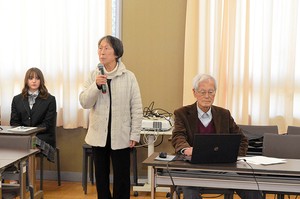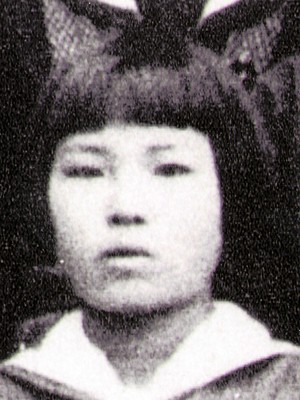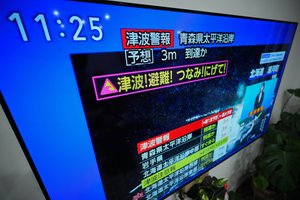By SHIKI IWASAWA/ Staff Writer
July 12, 2022 at 18:24 JST
 An LNG terminal, top, and a pipeline stretching to the LNG carrier Grand Aniva in Sakhalin, Russia, in 2009 (Asahi Shimbun file photo)
An LNG terminal, top, and a pipeline stretching to the LNG carrier Grand Aniva in Sakhalin, Russia, in 2009 (Asahi Shimbun file photo)
The central government has formulated a plan to conserve natural gas in the event of a sudden shortage by asking companies and households to cut back on usage.
It comes amid growing concerns among officials that imports of liquified natural gas from Russia and the United States could soon dry up.
The government is also considering issuing an order to restrict how much gas companies can use, one which would be similar to the power-saving order it issued in the wake of the 2011 Fukushima nuclear disaster.
Economy ministry officials consulted on the plan with experts at a July 11 meeting.
They proposed that the government could ask each area served by a gas company to voluntarily conserve gas consumption when the supply fails to meet the demand.
If the situation failed to improve after that, the ministry would then set numerical targets for conserving and limiting gas usage in accordance with the regulations for gas companies and users.
The request for households to conserve the use of gas would include asking citizens to close their bathtub lids and reduce the hot water temperature setting.
The ministry said it would also consider issuing an order to limit gas use in the event of a severe gas supply crunch in the same way as an order to reduce electricity use.
The government’s power-saving order mandates power conservation by law, mainly for firms. Violators can be fined up to 1 million yen ($7,287).
The order was issued in the summer of 2011, when the nationwide shutdown of nuclear power plants following the Great East Japan Earthquake had caused a power shortage.
But there is no such measure for saving natural gas because the supply has been stable--at least until now.
Russian President Vladimir Putin ordered the transfer of all rights to the Sakhalin II gas and oil project, which is being partially financed by Japanese corporations, to a Russian entity on June 30.
Depending on how negotiations with Russia play out, Japan faces the prospect of the supply from the project grinding to a halt.
About 10 percent of Japan's liquified natural gas imports come from Russia, mostly from Sakhalin II.
This development comes as Freeport LNG, a large U.S. liquified natural gas exporter and a major supplier to Osaka Gas, is expected to suspend operations at a facility until early October due to a fire in June.
Russia's invasion of Ukraine has pushed up liquified natural gas prices.
Around 60 percent of the liquified natural gas imported to Japan is used for thermal power generation, while 30 percent is used for city gas.




















A peek through the music industry’s curtain at the producers who harnessed social media to help their idols go global.
A series based on diplomatic documents declassified by Japan’s Foreign Ministry
Here is a collection of first-hand accounts by “hibakusha” atomic bomb survivors.
Cooking experts, chefs and others involved in the field of food introduce their special recipes intertwined with their paths in life.
A series about Japanese-Americans and their memories of World War II